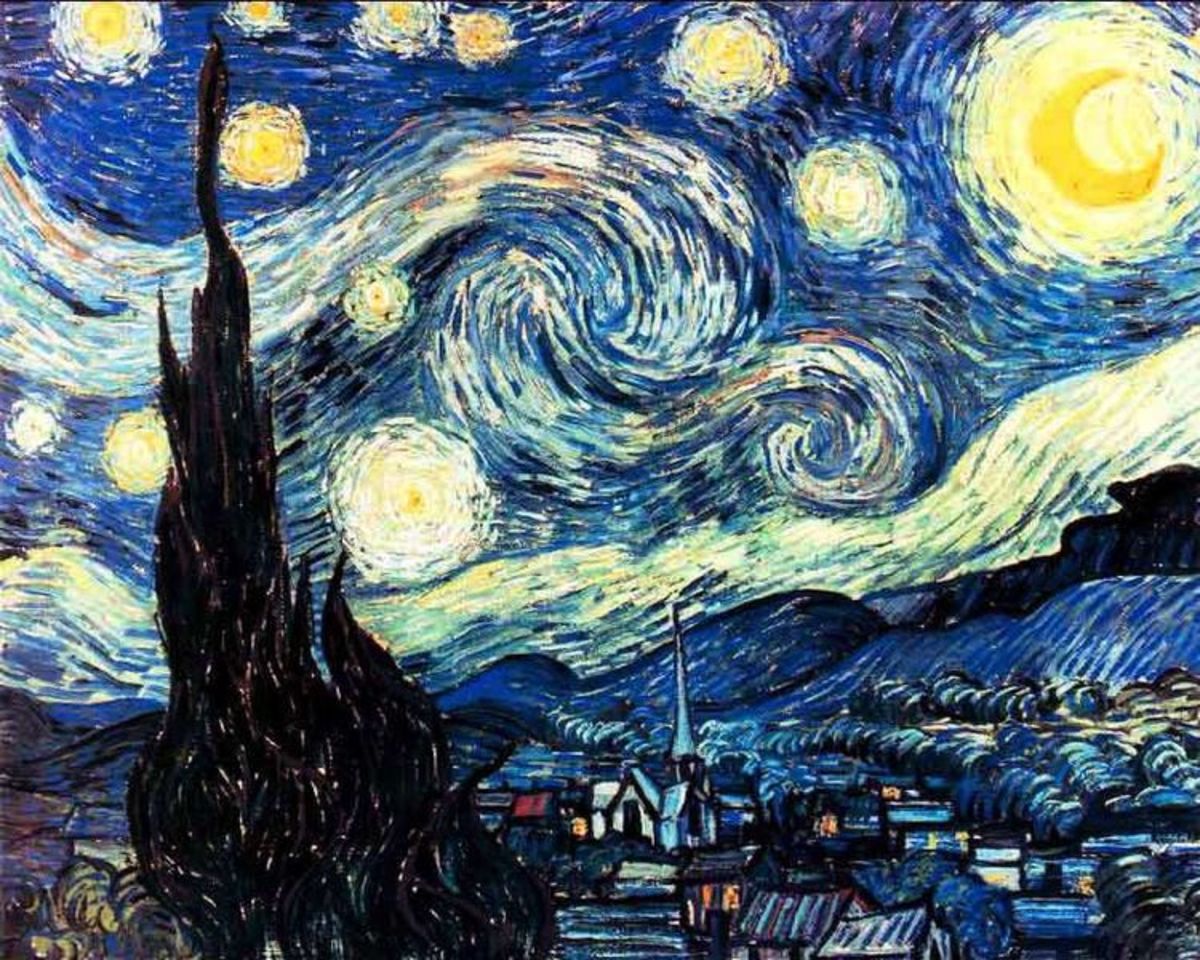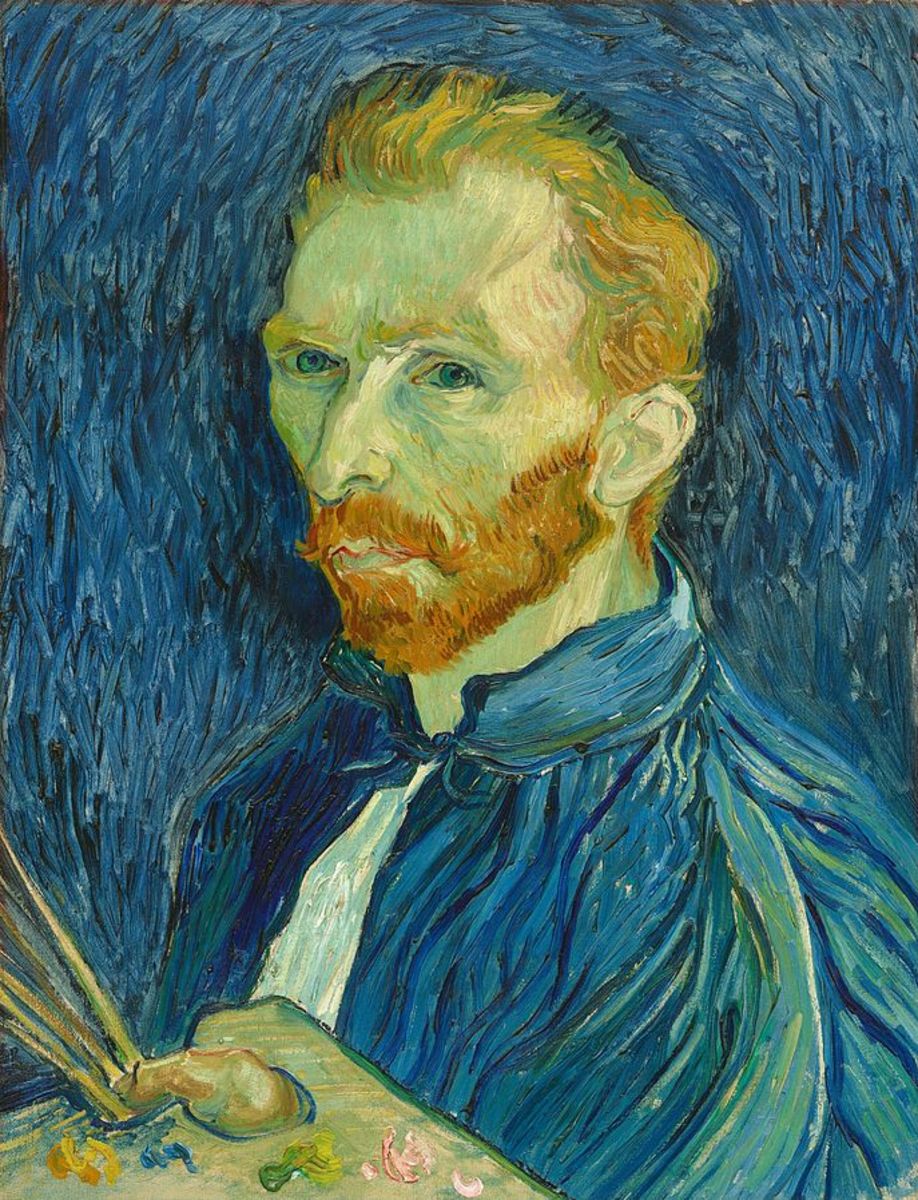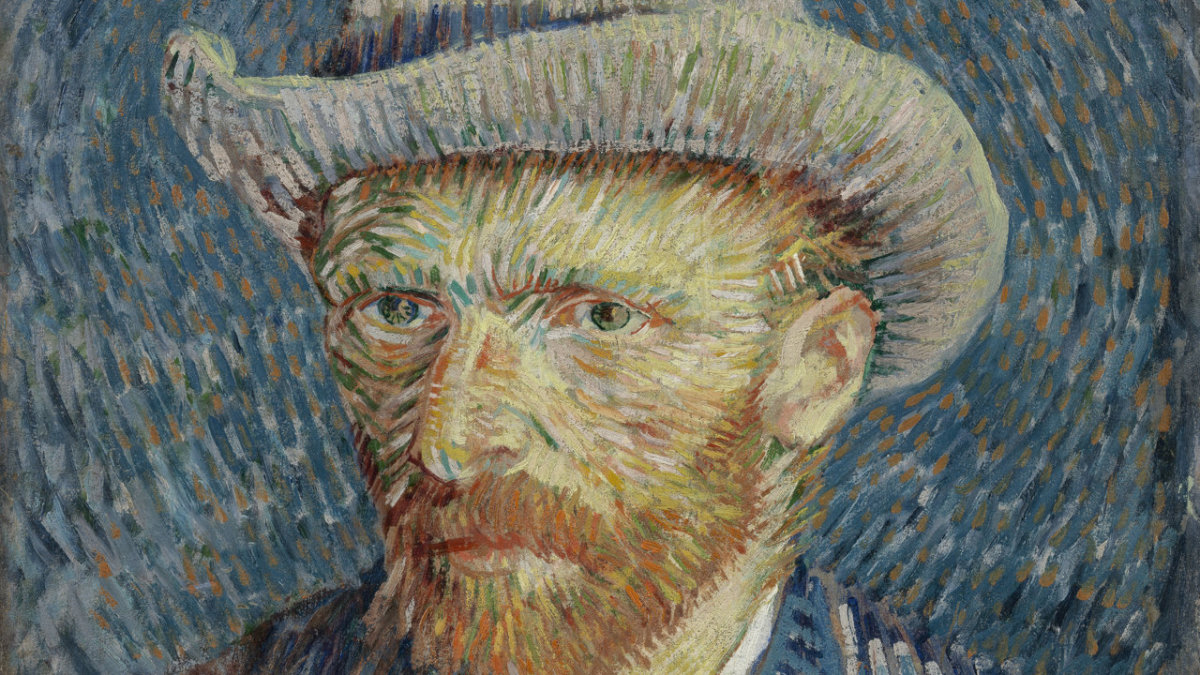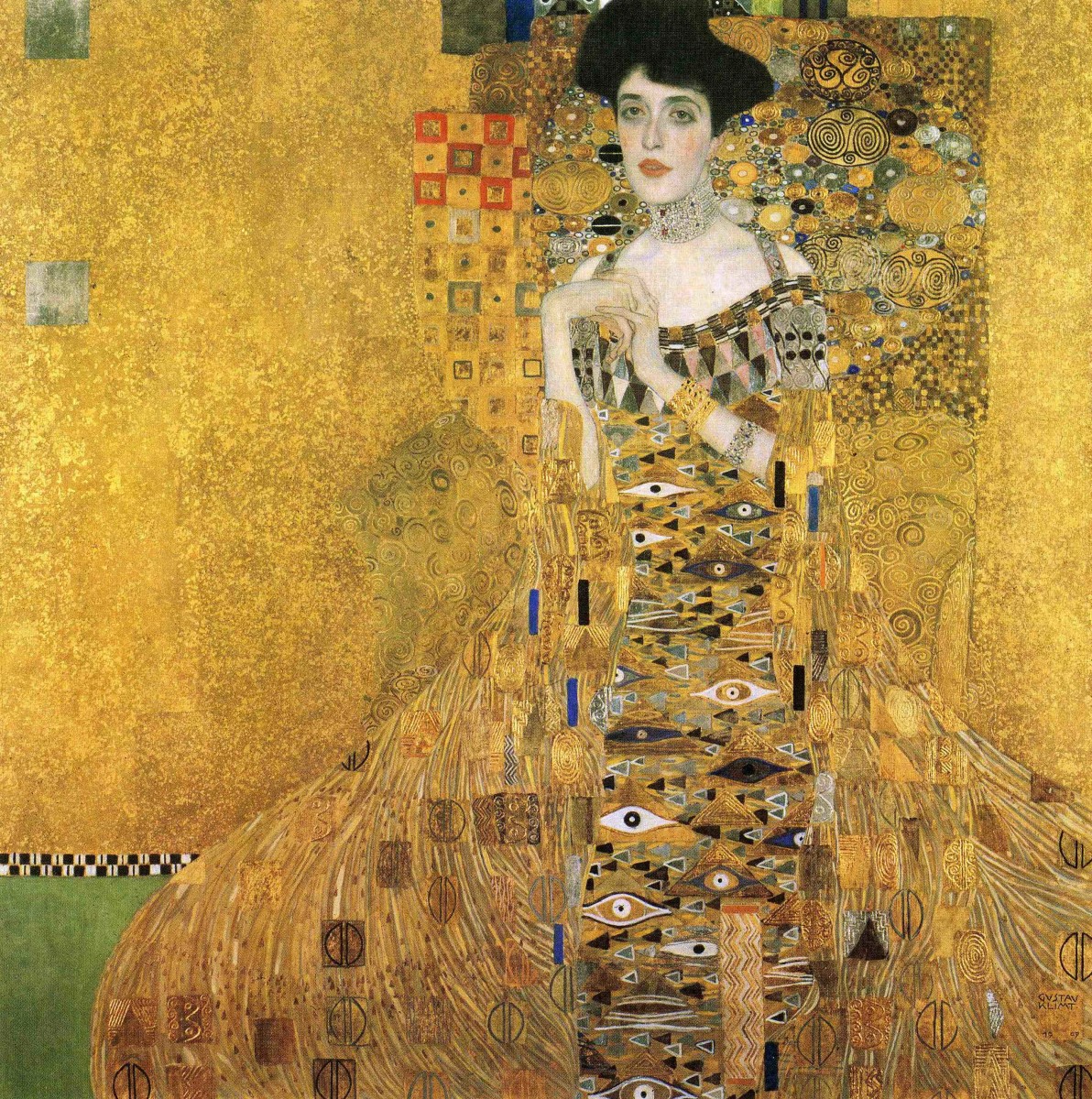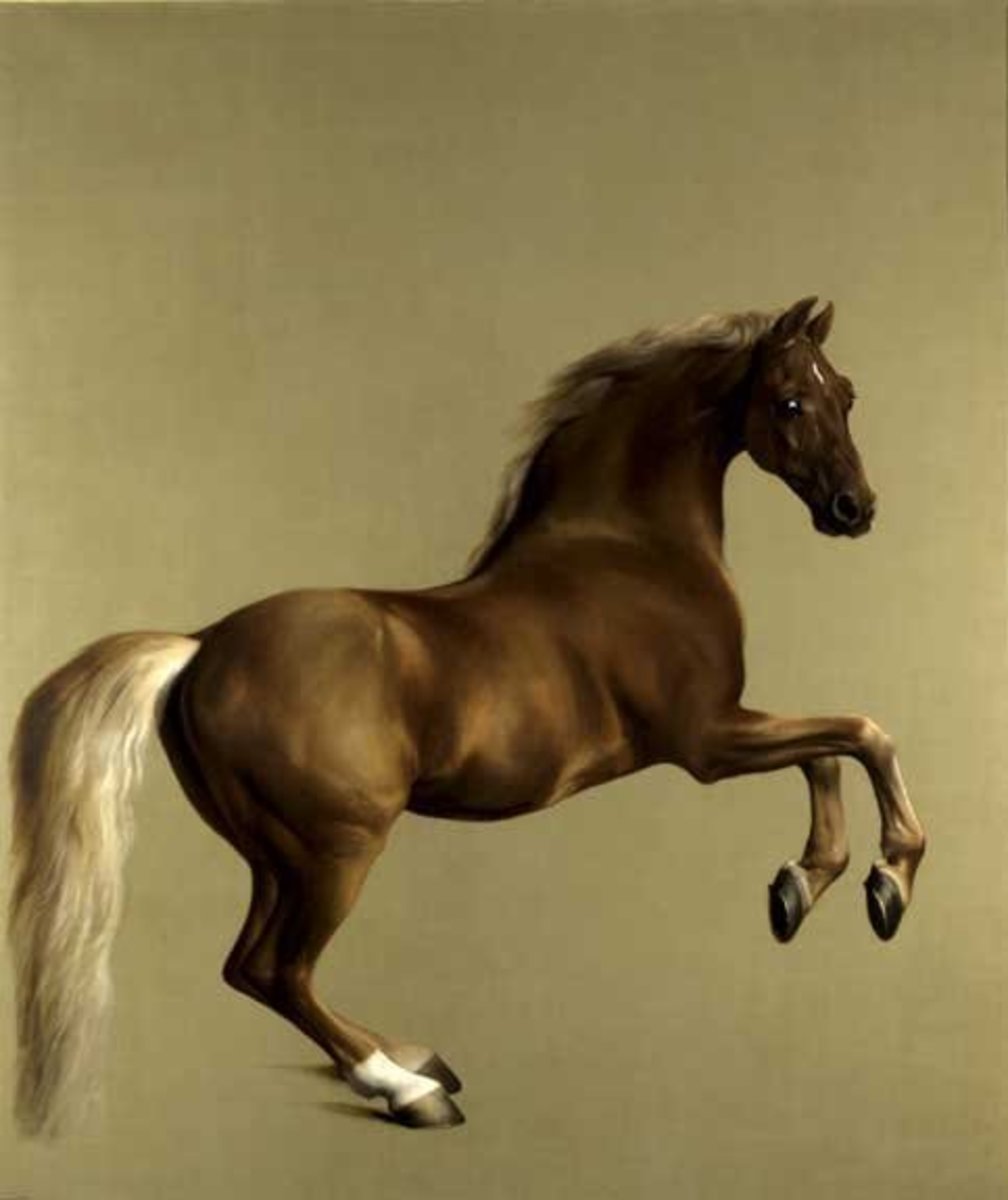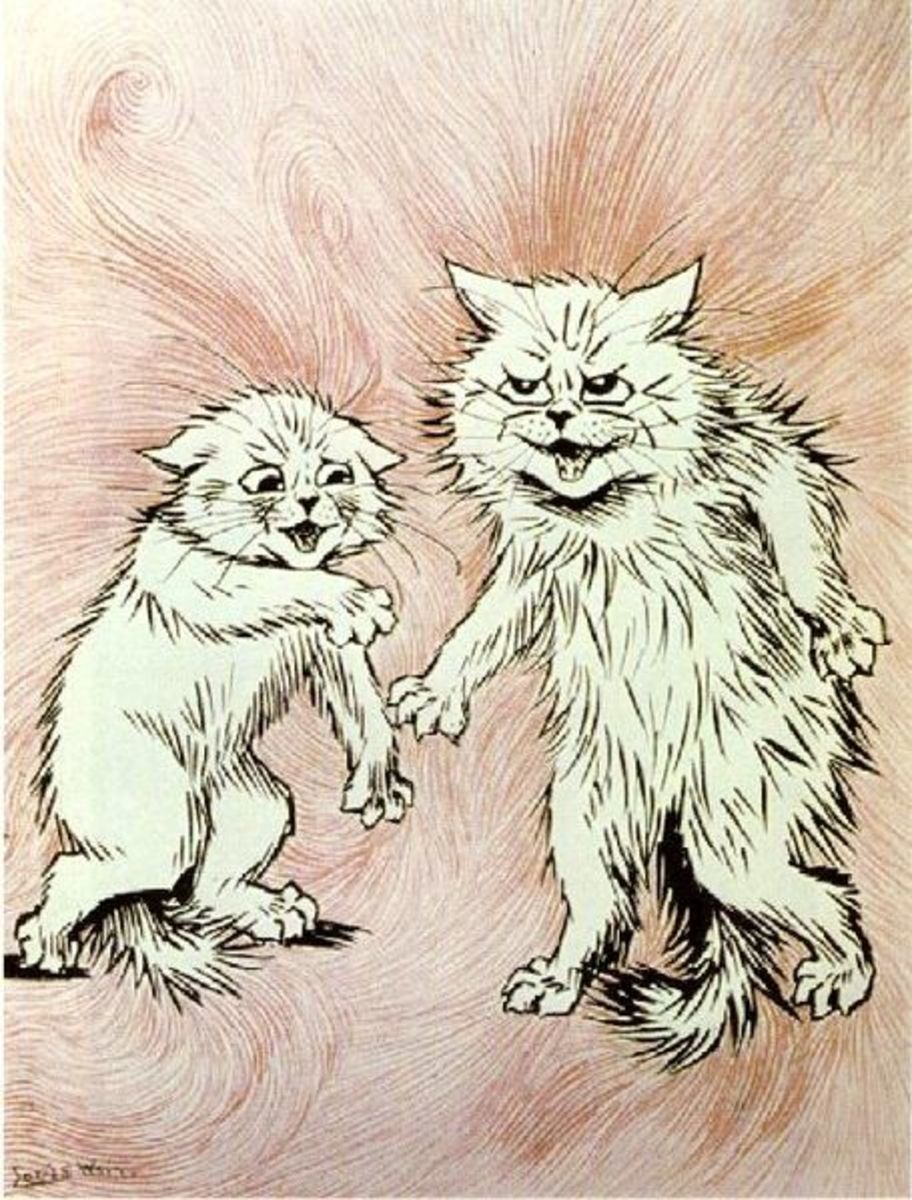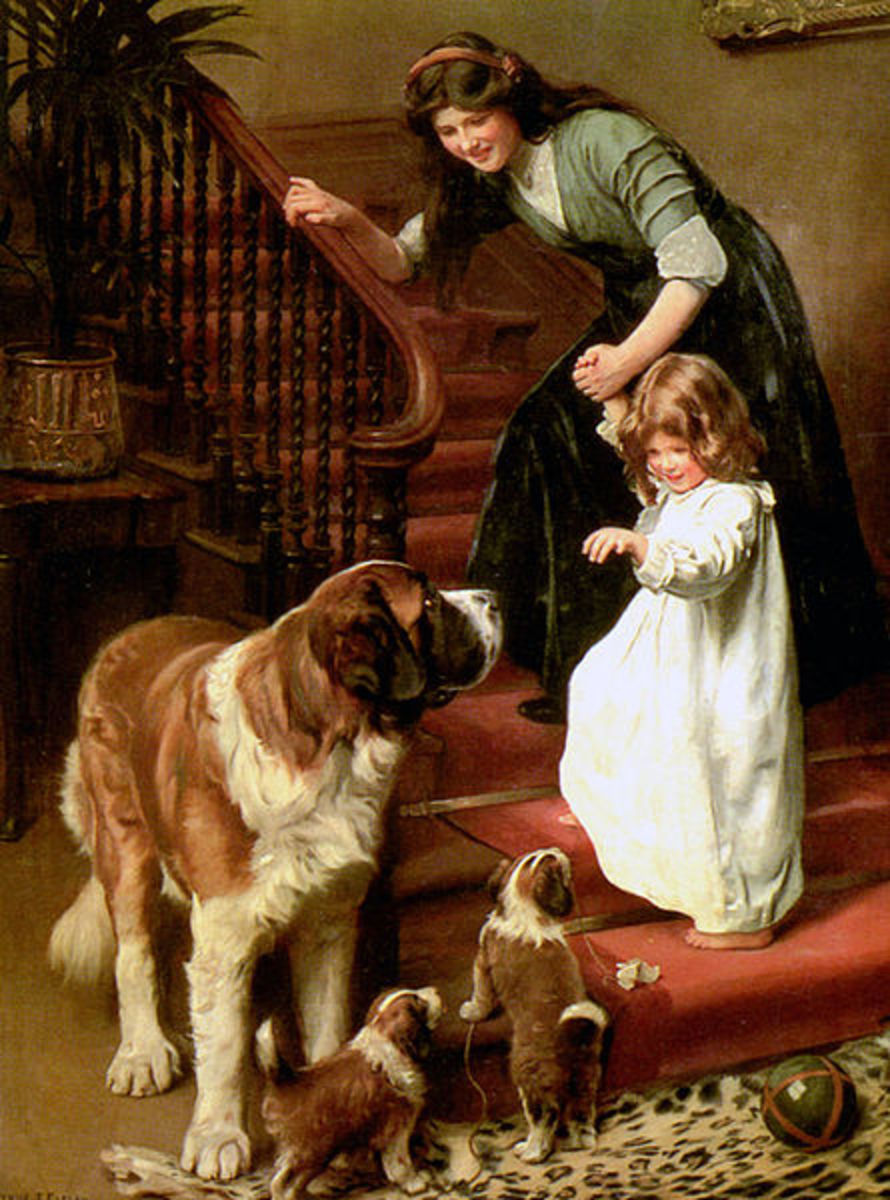Analyzing Vincent Van Gogh's Depression through Art
The one consensus that most people would agree on is that Vincent Van Gogh is one of the best painters history has even seen, but the circumstances that led to his death remain in question. Moreover, the depression that consumed that man while at the same time giving him the power to paint many of his greatest artworks before the end of his life, leave people wondering what it was that he wanted to express in the use of bold, bright colors. Was it a way to counter the emotional breakdown that he was having, or was it his honest opinion of what the world looked like?
Failures throughout his Lifetime
Vincent Van Gogh was not a novice when it came to failure. Through various aspects of his life he had failed and been rejected: he had two failed romances and another that his parents did not agree on; he was rejected as a preacher for his overzealousness; majority of his paintings did not sell nor receive the recognition they deserved; he failed his classes.
Van Gogh was repeatedly disappointed wherever he went, whether it was only a minor altercation with a stranger or he was simply bored. It led to his moving places and meeting new people, who at some point he would have an argument with. Even his brother, Theo Van Gogh, who was an art dealer, had rows with him through the letters they sent back and forth. In fact, Theo even said that Vincent was impossible to live with during the time they lived together in Paris.
Apart from his own disappointments, Van Gogh was also known to be disappointed with the things he saw from others, particularly in the way that other artists expressed their views through art. Clearly the artist knew the world and knew what he wanted to express in art, but whether or not he achieved it through his own style, nobody will ever know. His continuous movement and wanting new surroundings, dabbling in different painting styles and constantly finding new inspiration wherever he went could be because of his yearning to express the world in an honest painting, one that everyone would appreciate and one that would show the world though his eyes, hoping that it was also the same thing everyone saw.
Resentment about Art as a Commodity
While the artist would have benefited from the need to have art in everyone’s walls, he resented art as a commodity. Vincent came from a family of artists, and in his earlier years he was already drawing and sketching. It was only later that he decided to start painting in oil, and in his earlier days his style was so different from the iconic brushstrokes he was known for.
His resentment about art being a commodity may have stemmed from various sources, one of which was the fact that despite this supposed commodity, his paintings did not sell. It could be one person hating something he could not achieve, or it could be the dishonesty and misrepresentation he saw in the paintings that led him to feel resentment.
From Earth Tones to Vivid Coloration
On one occasion, Vincent wrote to his brother, art dealer Theo Van Gogh, to accuse him of not making enough effort to sell his paintings, to which Theo replied that the paintings were too dark and gloomy. Theo also stipulated that Vincent’s paintings were not in line with the novelty that was the bright Impressionist paintings at that time. The rejection of his art may have given Vincent the idea to study pointism.
In his earlier paintings, Van Gogh primarily used browns and earth colors, but his later paintings showcased brighter, more vivid hues dominated by yellows, oranges, and blues. One could argue that this was his way of adapting to the demand for bright Impressionist paintings, but another argument is that it was his way of expressing emotional honesty: that while the man was tormented by the demons he could see in the world, he wanted a portrayal of how the world looked through his eyes. This theory would suggest that despite his depression and emotional instability, Van Gogh imagined a good turn in his life until his very last moments.
Emotional Honesty
Many critics look at Van Gogh’s artworks as emotionally honest, stating this to be the reason why he is revered by many. The dominance of bright colors and shorter brushstrokes imitates either an energetic frenzy or a manic attitude. Van Gogh’s thoughts that some artists were not honest with what they conveyed on canvas could signify him trying to show them the world through his eyes. Van Gogh was an artist, although not recognized widely for his talents, and he wanted to express his thoughts and views of the world through the means he has mastered.
As his style changed from the gloomy paintings to his bright, vivid works, his mental conditioned seemed to worsen, and this could question whether it was his earlier paintings that showed his emotional honesty or whether it’s the latter. After all, it was early in his life that he stated his life being gloomy and that feeling didn’t seem to change when his art style did.
Some also argue that his depression got the best of him by the time he had moved to Impressionism and it could be his madness at work through his art. The influence of absinthe, tobacco, and coffee, which constituted most of his meals, may also be a reason for his depleting health condition and different view of the world. If that was indeed the case, then his sickness, one that was also supposed to have caused him to end his own life, gave him the greatest artworks any painter could wish for.
“My youth was gloomy and cold and sterile.”
Vincent Van Gogh was not successful in school, and his other endeavors. He leaves his endeavors time and time again, abandoning and losing faith in what he believed in beforehand. This happened in his religion when he was rejected by a girl, and also happened while he was attending school. On a letter to his brother after leaving school, he said that his youth was gloomy, cold, and sterile. These words coming from a younger Van Gogh already gave an insight as to how he felt even before he turned to madness.
Vincent felt cold and gloom surrounding him, a recurring theme in his life that was only further made serious by the rejections he experienced. This could also be because of his unstable health condition, as the artist preferred to eat poorly and binged on tobacco and coffee instead. Eventually, his failures, poor eating and sleeping habits, and loneliness resulted in a gloomy man.
If the entirety of his life was to be summarized, it would be filled with points of depression and disappointment, things that are incongruent with the art style he had used in his later years, which would make one question whether he was hoping for something better, for a change that would make things bright and good for him instead of gloomy. It is a good idea, but unfortunately, the ending is not a good one. We see a good man struggle with deep sadness and loneliness. He expressed himself through his art, but did not find any recognition for it while battling with his own demons. We see a man trying to change his view of the world, making things brighter where they used to be gloomy in his eyes. And, eventually, we see a man defeated.
Ultimately, he died due to his mental instability, and his last words were “The sadness will last forever.” These words signify that despite his fight with the gloom he felt through artworks that were vibrant and energetic, he was not able to achieve the change he longed for.

